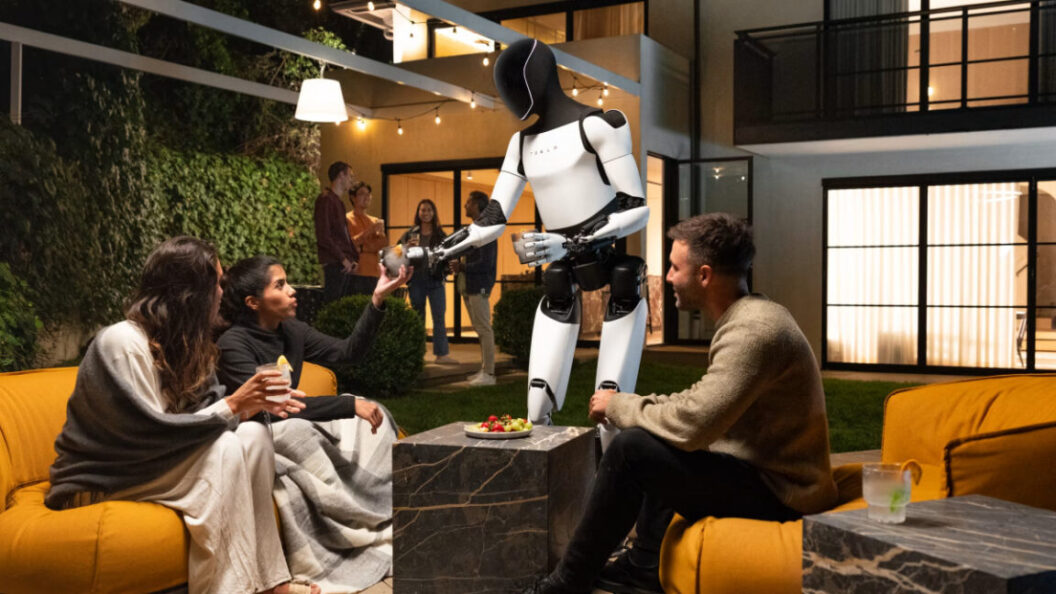The Future of Humanoid Robotics: Challenges and Predictions
As advancements in robotics continue to unfold, the journey toward deploying humanoid robots in everyday tasks remains fraught with significant challenges. In a recent discussion, robotics expert Rodney Brooks highlighted critical safety concerns and envisioned what future humanoids might look like. This article summarizes his insights, arguing for a paradigm shift in our understanding of what humanoid robots can and should be.
Safety Concerns in Humanoid Robotics
Brooks recounted a personal experience where he found himself "way too close" to an Agility Robotics Digit humanoid when it fell, an incident that has made him hesitant to approach such machines since. This fear is echoed in promotional materials from robotics companies, where humans are often depicted far from moving robots, primarily to highlight safety. Current walking mechanisms employed by humanoid robots pose substantial risks, making it nearly impossible to meet safety certification standards required for operation in areas shared with humans, such as healthcare facilities and factories.
Brooks emphasized that the safety issue extends beyond accidental falls. For humanoids to be integrated into daily life, they must be able to operate safely alongside people, a benchmark that remains unmet under existing regulations worldwide.
A Shift in the Definition of "Humanoid"
Predicting the landscape of robotics over the next 15 years, Brooks suggests we will see a variety of machines labeled as "humanoids," though he asserts they will not bear much resemblance to the bipedal robots we envision today. Instead, these future robots may feature wheels rather than feet, multiple arms, and specialized sensors that differ vastly from human anatomy. For instance, Brooks painted a picture of robots with cameras mounted to their bodies instead of resembling human eyes.
This evolution illustrates a broader transformation in the definitions of technological terms; just as "flying cars" have come to mean electric vertical takeoff vehicles instead of conventional cars that can fly, the term "humanoid" will continue to adapt to new realities.
Investment and Progress in Robotics
Brooks voiced skepticism about the billions of dollars currently invested in enhancing the dexterity of rigid humanoid machines. He believes this money could be better spent on more promising research avenues that incorporate multi-sensory feedback. For instance, MIT’s project employing gloves to transmit tactile sensations between human operators and robotic hands represents a more feasible approach to achieving human-like dexterity.
Current advancements, however, still fall short of the sophisticated touch sensing critical for effective human-robot interaction. While researchers push the boundaries of what’s possible, there remains a substantial gap between theoretical advancements and practical applications.
The Reality of Robotics: Brooks’s Three-Meter Rule
Brooks introduced a guiding principle known as the "three-meter rule," which serves as a cautionary reminder of the obstacles that remain in robotics. Today, few individuals regularly interact with humanoid robots, and the disconnect between promotional promises and actual deployment is stark. This gap is not merely temporal but also reflects fundamental, unsolved problems in physics, sensory processing, and safety protocols.
Conclusion: A Cautious Path Forward
The future of humanoid robotics teeters on the edge of promise and peril. As significant investments pour into this field, it becomes increasingly vital to prioritize safety and practicality alongside innovation. The vision that Brooks presents—of a radically different kind of humanoid robot—encourages a re-evaluation of our expectations and strategies in this rapidly evolving domain.
In essence, the conversation around humanoid robots must shift from simply addressing mechanical capabilities to also encompass their safety and usability. Only then can we hope to see these machines realize their potential in enhancing human lives and reshaping industries.









